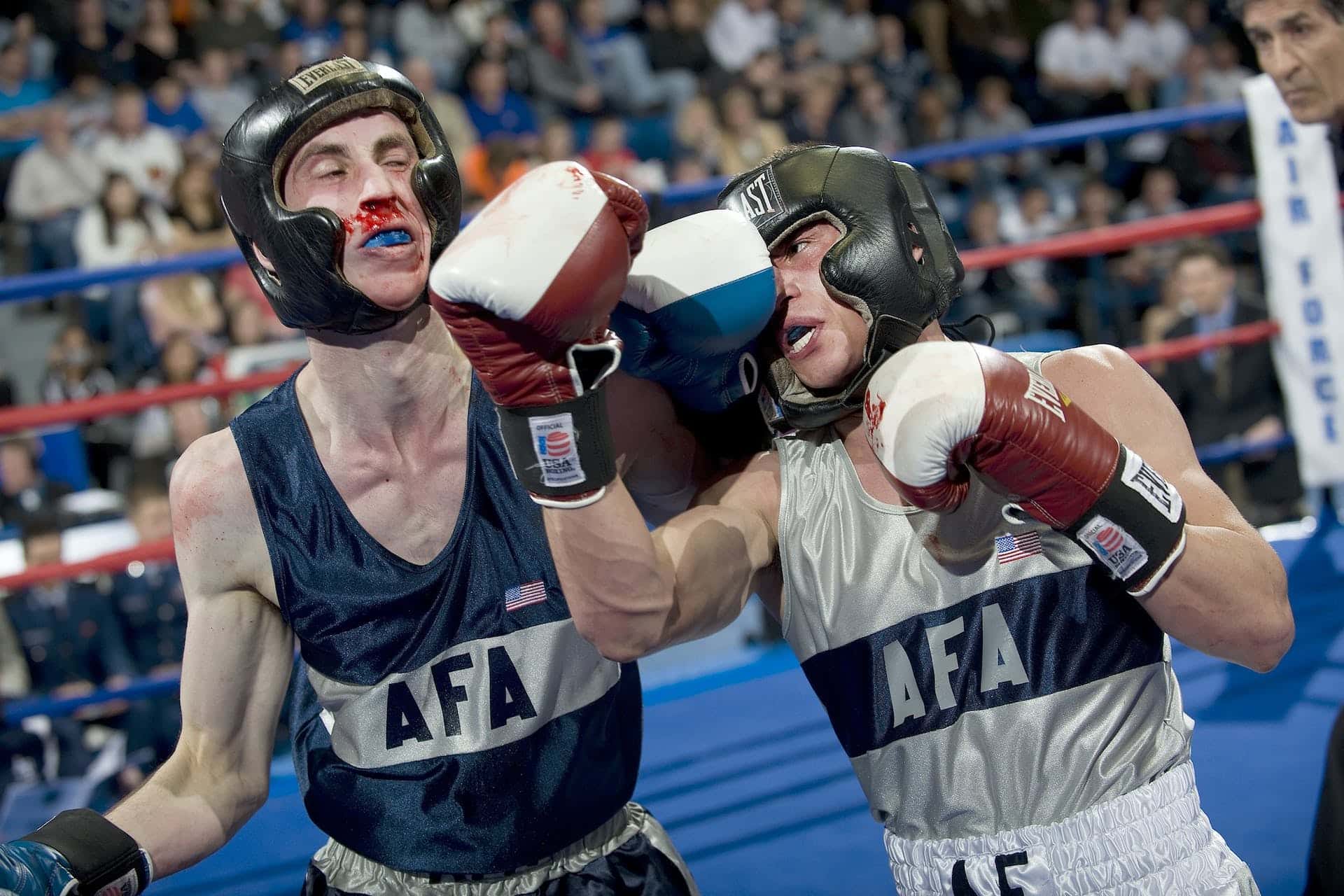The cultural significance of traditional indigenous sports.

It’s a gorgeous day. You find yourselves in the heart of an aboriginal community in North Canada, surrounded by the cheering of an enthusiastic crowd. A group of youth is competing in a traditional indigenous game, their eyes gleaming with determination and pride. You’re not just witnessing a simple sport event – it’s a display of a rich cultural tradition that dates back to thousands of years. This is the beautiful, intricate world of traditional indigenous sports. Let us take you on an enlightening journey exploring the profound cultural significance of these age-old games in the indigenous communities of North Canada.
The Rich Tapestry of Traditional Indigenous Sporting Games
At first glance, indigenous sports may appear similar to mainstream games. But as you delve deeper, you’ll discover a rich tapestry of cultural practices, traditions, and values woven into each game. These games are not just physical activities; they are deeply rooted in the cultural identity of the indigenous peoples. They carry stories, traditions, and teachings that reflect indigenous views on life, nature, and spirituality.
A voir aussi : How can mindfulness practices be tailored for athletes in high-pressure sports?
In the indigenous culture, the idea of sport extends beyond the concept of competition. It’s an integral part of community-building, reinforcing social bonds and communal harmony. Whether it’s a game of lacrosse, a canoe race, or a wrestling match, indigenous sports are community events that foster unity and cooperation among the participants and spectators.
Traditional indigenous games are not just for entertainment either. They serve as a means of education and passing down wisdom. For instance, the Inuit game of ‘nakuitaqsuituk’ or ‘running for your life’, teaches the youth survival skills necessary for the harsh Arctic environment. They learn how to be agile, quick-thinking, and resilient – lessons that apply beyond the game field.
A lire aussi : What are the emerging trends in eco-friendly sports apparel and equipment manufacturing?
The Spiritual Aspect of Indigenous Games
In the indigenous worldview, the spiritual realm and the physical world are deeply intertwined. This is also reflected in their sports. Many indigenous games have a spiritual component, reinforcing the belief in the sacredness of life and nature.
Take, for example, the Iroquois game of lacrosse – a sport that’s often described as a ‘medicine game.’ The game is believed to be a gift from the Creator, with the power to heal the players and the community. It’s also an offering to the spiritual beings, played to give thanks, to seek blessings, or to cure illnesses.
Similarly, the Arctic Winter Games, a multinational sporting event involving indigenous communities from around the Arctic region, features games that are deeply rooted in spiritual beliefs. From the ‘Alaskan High Kick’ to the ‘Knuckle Hop,’ each game carries a spiritual message, instilling values such as respect, courage, and humility in the participants.
The Role of Indigenous Sports in Empowering Youth
In the indigenous communities, sports serve as a powerful tool for empowering the youth. Traditional games provide them with a sense of pride in their cultural heritage, instilling in them a sense of belonging and identity. These games help to keep the youth connected to their roots, providing them with a sense of purpose and direction.
Moreover, participation in traditional sports offers the youth a healthy outlet for their energy and a platform to develop essential life skills. They learn values like teamwork, sportsmanship, resilience, and respect for oneself and others – traits that are valuable in all aspects of life.
In recent times, indigenous sports have also become a means of combating the social challenges faced by the indigenous youth. Programs like the Aboriginal Youth Sport Legacy Fund in Canada are using sport as a way to encourage youth to stay in school, to develop leadership skills, and to promote healthy lifestyles.
The Inclusion of Indigenous Sports in Mainstream Platforms
In recent years, there has been a growing recognition of indigenous sports in mainstream platforms. This not only helps to preserve and promote traditional games but also fosters cross-cultural understanding and respect.
Events like the North American Indigenous Games (NAIG) and the World Indigenous Nations Games (WIN Games) have brought indigenous sports to the global stage, showcasing the rich cultural heritage of indigenous peoples. These platforms provide indigenous athletes with opportunities to compete at an international level, highlighting their talent and potential.
Moreover, the integration of indigenous games in mainstream sports platforms serves to challenge and change the stereotypes and misconceptions often associated with indigenous peoples. It’s a powerful medium for building bridges between different cultures, fostering mutual respect and understanding.
Amidst the cheering crowds, the determined players, and the vibrant cultural festivities, traditional indigenous sports are a testament to the resilience, wisdom, and spirit of the indigenous peoples. They carry the heartbeat of a rich cultural legacy, reminding us of the importance of preserving and celebrating cultural diversity. As the game unfolds on the field, you’re not just watching a sport – you’re being part of a living, breathing cultural heritage.
The Impact of Residential Schools on Indigenous Sports
Residential schools, which existed from the mid-19th century to the late 20th century in Canada, had a profound impact on the indigenous peoples. These schools were primarily run by religious groups and were intended to assimilate indigenous children into Euro-Canadian culture. They often forbade indigenous children from speaking their native languages or practicing their cultural traditions, including traditional sports.
This intentional suppression of indigenous culture had a detrimental effect on the traditional games, leading to a loss in the continuity of the sporting heritage. Many children were disconnected from their roots, losing the skills, knowledge, and values attached to their traditional games.
However, the resilience of the indigenous people ensured the survival of their traditional games. Families and communities kept the traditions alive, teaching the games in secret or passing them down through oral traditions. Today, the rich tapestry of traditional indigenous sports is a testament to the unwavering spirit of the indigenous peoples.
Over the years, there has been a growing effort to acknowledge and rectify the damage done by the residential school system. In 2008, the Canadian government formally apologized for the residential schools. The Truth and Reconciliation Commission of Canada (TRC) was established to document the experiences of the survivors.
As part of the reconciliation process, there has been a push to revive and promote indigenous sports. Traditional games are being reintroduced into communities and schools, helping the indigenous youth reconnect with their cultural heritage. Programs like the Aboriginal Sport Circle in Canada are working toward creating opportunities for indigenous athletes to participate in traditional and mainstream sports.
Conclusion: The Resurgence of Traditional Indigenous Sports
As we delve deeper into the world of traditional indigenous sports, we realize that they are more than just physical activities. These games are an essential part of the indigenous peoples’ cultural heritage, carrying the stories, traditions, and teachings of their ancestors. They are a source of community unity, a means of education, a spiritual practice, and a tool for youth empowerment.
The recognition of indigenous sports in mainstream platforms, like the North American Indigenous Games (NAIG) and the World Indigenous Nations Games (WIN Games), has been a significant step toward preserving and promoting these traditional games. These platforms not only showcase the rich cultural legacy of the indigenous peoples but also foster cross-cultural understanding and respect.
Despite the challenges faced by the indigenous peoples, including the devastating impact of residential schools, the traditional indigenous sports have survived and thrived. The resurgence of these sports is a testament to the resilience, wisdom, and spirit of the indigenous peoples.
Moving forward, it is crucial to continue supporting the inclusion and recognition of indigenous sports in mainstream platforms. More importantly, we must continue to learn from and respect the rich cultural traditions of the indigenous peoples. These traditional games carry the heartbeat of a vibrant cultural heritage, reminding us all of the importance of preserving and celebrating cultural diversity.
As you witness these games, remember that you’re not simply watching a sport – you’re partaking in the living, breathing cultural heritage of the indigenous peoples.
